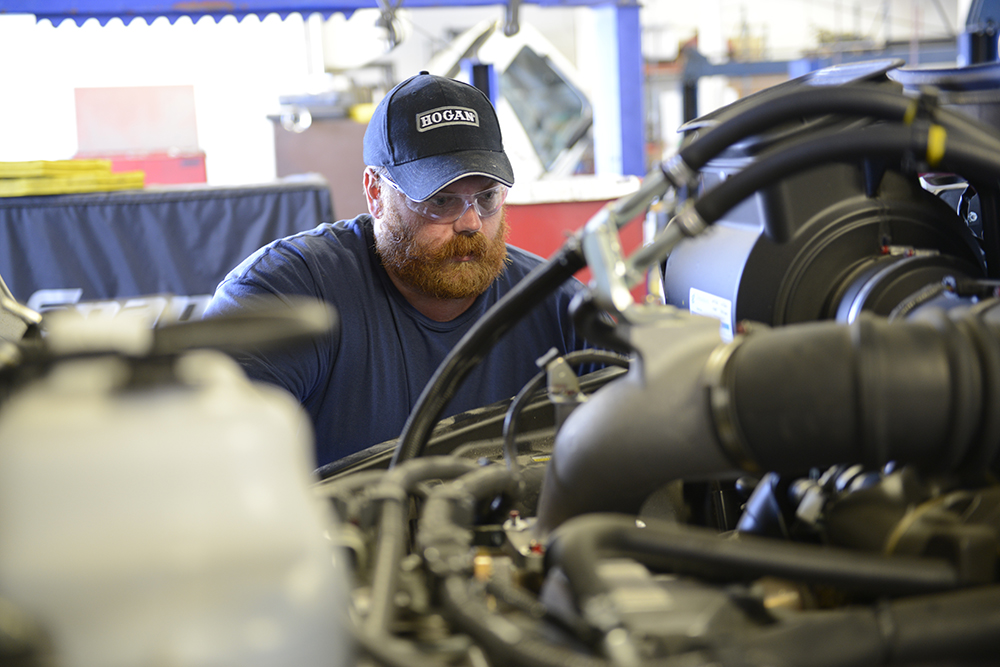Businesses should look to their procurement function for more than just price negotiation. In today’s competitive and challenging business atmosphere, every team within your organization should be playing a strategic role in addition to the basic functional role they have traditionally held. This recent IdeaXchange blog from Bill McCouch, Senior Vice President of Procurement Services for Corcentric, illustrates how you can evaluate the state of your procurement team.
How mature is your procurement function?
Where does your business stand on a procurement maturity level? If you want to improve something, a good first step is to evaluate where you are and determine your strengths and weaknesses. The procurement function has evolved so much in recent years that it’s important to understand the current reality of the situation.
Performing a procurement maturity assessment will give you a realistic appraisal of the state of procurement within your organization.
Here’s a look at various procurement developmental levels:
- Laggard: These procurement teams are stuck in the past. They operate tactically rather than strategically. They often are viewed as a necessary evil and only cut costs and make purchases on a reactive, as-needed basis.
- Traditional: Procurement teams that fall into this category operate using the three-bid-and-buy process. Purchases are often only reactive and price is the main consideration when a purchase is made. Their workload consists of managing inventory, processing purchase orders and renewing contracts. This is where the majority of procurement teams are today.
- Augmented: This is the first step to procurement being seen as adding value to an organization. These teams use strategic sourcing that looks at far more than just price. These teams have done a good job optimizing relationships with suppliers, which results in greater visibility into spend and allows gathering data and setting metrics to measure success.
- World class: These are the rarest of procurement teams and they play a strategic role within their organizations. They operate in a culture of continuous improvement, which allows them to stay on the cutting edge of emerging technologies, and they are consistently refining their internal processes.
Only when you and your procurement team understand your current capabilities can you begin to set realistic goals, target areas of improvement, and begin transforming your procurement function.




